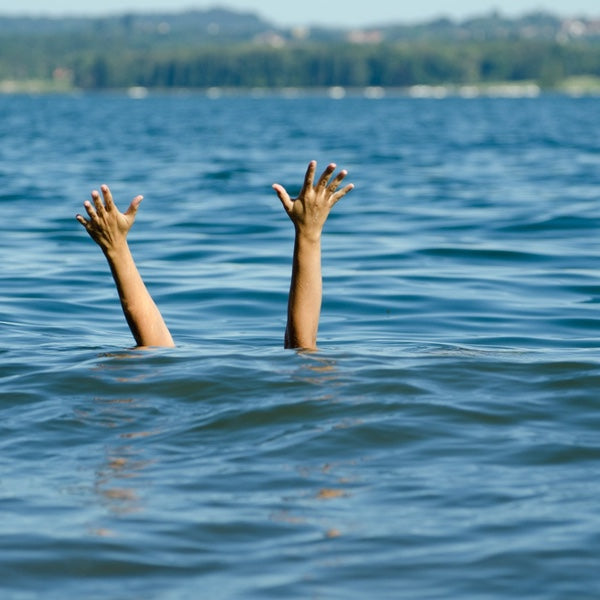
How to Properly Weight Yourself For Freediving
The first thing you should consider in learning anything as important as proper weighting is to take a freediving course from a qualified instructor. This article does not in any way, shape, or form replace in-person training. The article is simply going over some basic weighting principles to help review or increase safe freediving and spearfishing practices.
Why Proper Weighting is Important
The reason you should always be properly weighted while freediving is to minimize the risk of harm as a result of shallow water blackout. Blackouts are one of the biggest risks we face as freedivers. This article is not going to go into the mechanics of how blackouts occur in great detail. The important thing with respect to weighting is the result of a shallow water blackout: temporary unconsciousness and a passive exhale (loss of control of the airway) at the surface. The combination of these two things put a diver at great risk of drowning, especially if improperly weighted. If you are overweighted, you will sink down after losing consciousness and drown underwater instead of passing out at the surface (ideally, you want to be floating face up after losing consciousness on the surface). Knowing that blackouts include a passive exhale also allows us to plan on how to weight ourselves on the surface. We want to still be floating at the surface after a passive exhale.
How to Determine How Much Weight You Need
The first mistake most divers make when weighting themselves is overweighting. They forget that whatever weight makes them sink down quickly is also weight that they have to kick back up. The best way to determine the amount of weight you need on your weight belt is to start small. Every diver is different and the amount of weight you need also varies between salt and fresh water. The thickness of your wetsuit is also a factor in how buoyant you are, because neoprene is very buoyant. That means a thicker suit will need more lead weight to ballast a diver. It is a good idea to have a few solid weights and possibly a few quick weights to allow for quick adjustments in the water.
At the surface, start with a few pounds of lead on your belt and do a passive exhale. A passive exhale is just a light exhale, like a normal breath. Don’t try and blow all the air out of your lungs and see if you sink. Without kicking your fins, you should be floating roughly at eye level. You will likely need to make small adjustments to get to this point in the water.
